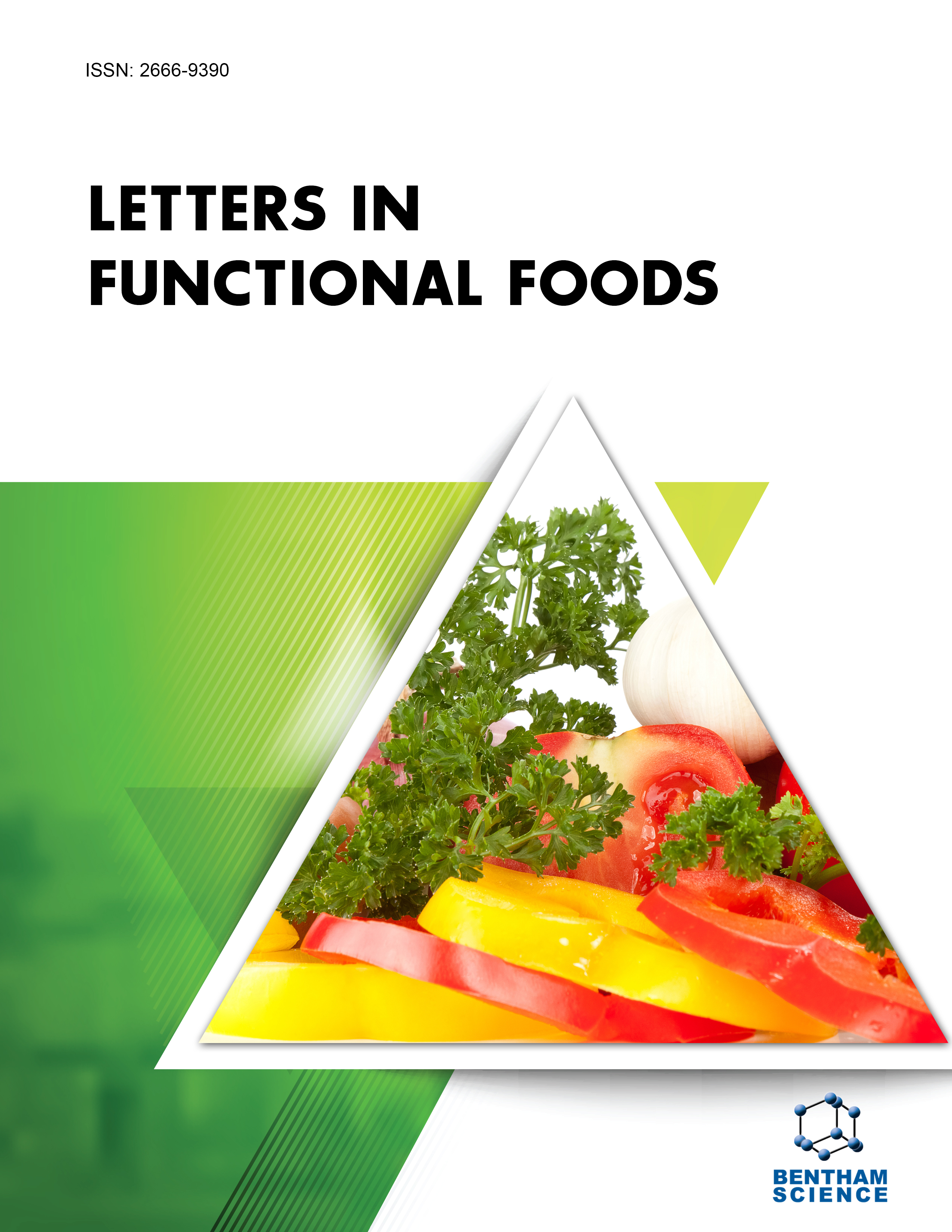
Full text loading...
Cancer is one of the leading causes of death worldwide, with multiple pathological components. Genetic abnormalities, infection or inflammation, poor diet, radiation exposure, work stress, and/or ingestion of toxic substances have all been associated with cancer development and progression. Early detection and treatment of cancer have been shown to increase the chances of survival and recovery and reduce the side effects of anticancer drugs. Anticancer drugs continue to cause negative side effects that negate treatment benefits in terms of hospitalization and survival. Many naturally occurring bioactive compounds are shown to have anticancer properties. That is, they can eliminate altered and cancer cells without harming their healthy counterparts. In particular, the following activities have been reported to support nutrition during cancer treatment: cell growth inhibition, antioxidant activity, anti-inflammatory activity, and minimized negative effects due to natural antioxidants. Keeping the side effects minimum helps patients adhere to anticancer therapy. Among currently available anticancer agents, dietary supplementation can be considered in conjunction with current chemotherapy to improve response and compliance in cancer patients. However, it should be noted that before discussing data from studies on bioactive plant supplements, it is important to ensure that the tests were performed according to protocol.

Article metrics loading...

Full text loading...
References


Data & Media loading...

